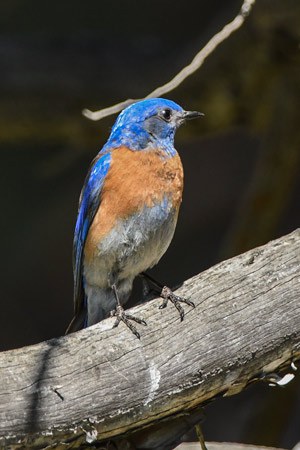When thinking about wildlife migrations, we usually think about extremes—the monarch butterfly’s journey south to Mexico and southern California each winter, birds flying across the world, or whales moving up and down the Western US coast. But what exactly is migration? Do all animals migrate? Why do they migrate? As expected, animal migration is not exactly straightforward.
Animal migration is the “seasonal movement of animals from one region to another,” according to the Oxford dictionary. There are four main concepts to animal migration:
- Persistent, straight movement
- Relocation of an individual on a greater scale than its normal daily activities
- Seasonal movement of a population back and forth between two areas
- Movement that leads to the redistribution of individuals within a population

There is obligate migration (where individuals must migrate) and facultative migration (where individuals can choose whether to migrate). Then, within a species, there can be complete migration, partial migration, or differential migration. Differential migration is where individuals migrate based on a difference in age, sex, etc. An example of this is salmon and their migration to spawn.
Why do animals migrate? Generally, it’s for a variation of resources. If there is a lack of food and unfavorable weather conditions, animals will migrate. The variation of resources can also be based on an animal’s life stage. For example, a salmon will migrate to the ocean when young in order to find more food. It will then migrate back to its birthplace to spawn.
Migration is a large part of an animal’s life, and some have evolved to specialize in their migration. Many species build up fat stores, and therefore energy, for the journey. Others forage along the way. For those who do not feed while migrating (such as some birds), their food-related organs (like stomach, liver, and kidneys) will shrink before migration, and return to their normal size upon completion of their migration journey. Birds also may increase their heart and flight muscles before the migration begins.
There are many other interesting aspects to migration—how do animals find their way? What species in Central Oregon migrate? What are some of the threats to wildlife migration? You can find the answers to these questions and learn even more at the Deschutes Land Trust’s upcoming Nature Night: Wildlife Migration with Brock McCormick. To sign up for the waitlist, click here.
